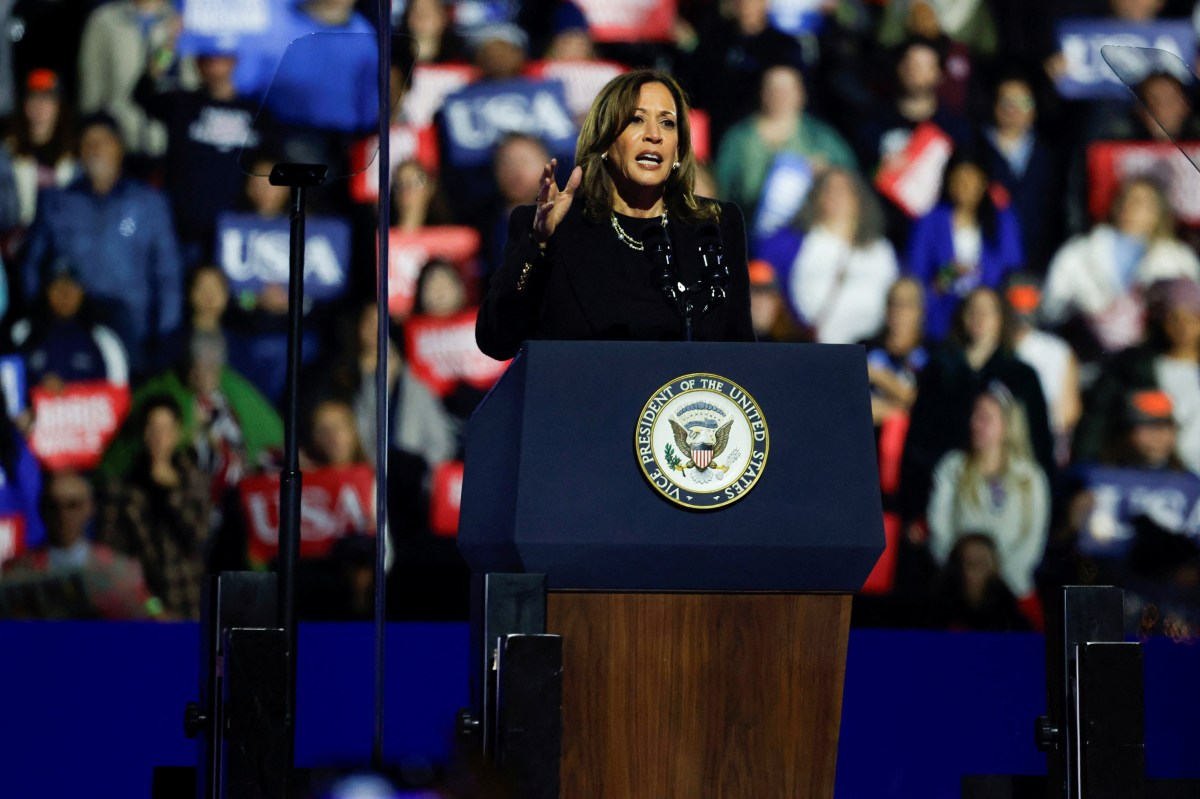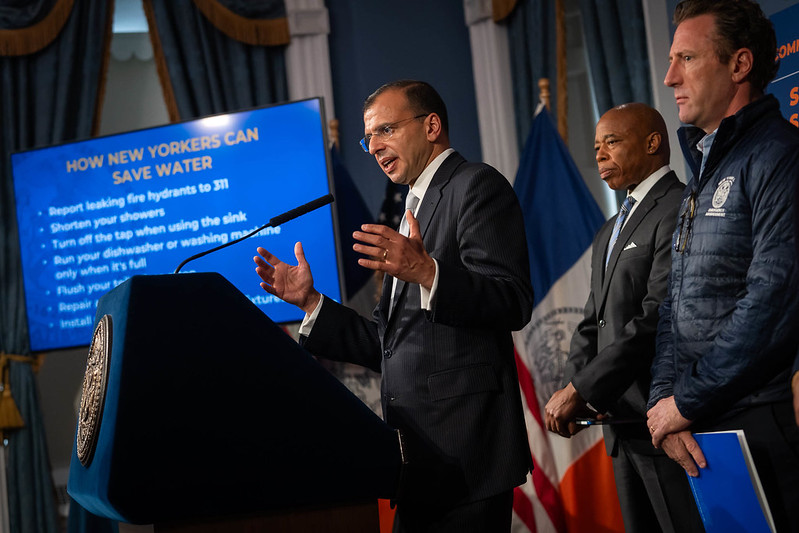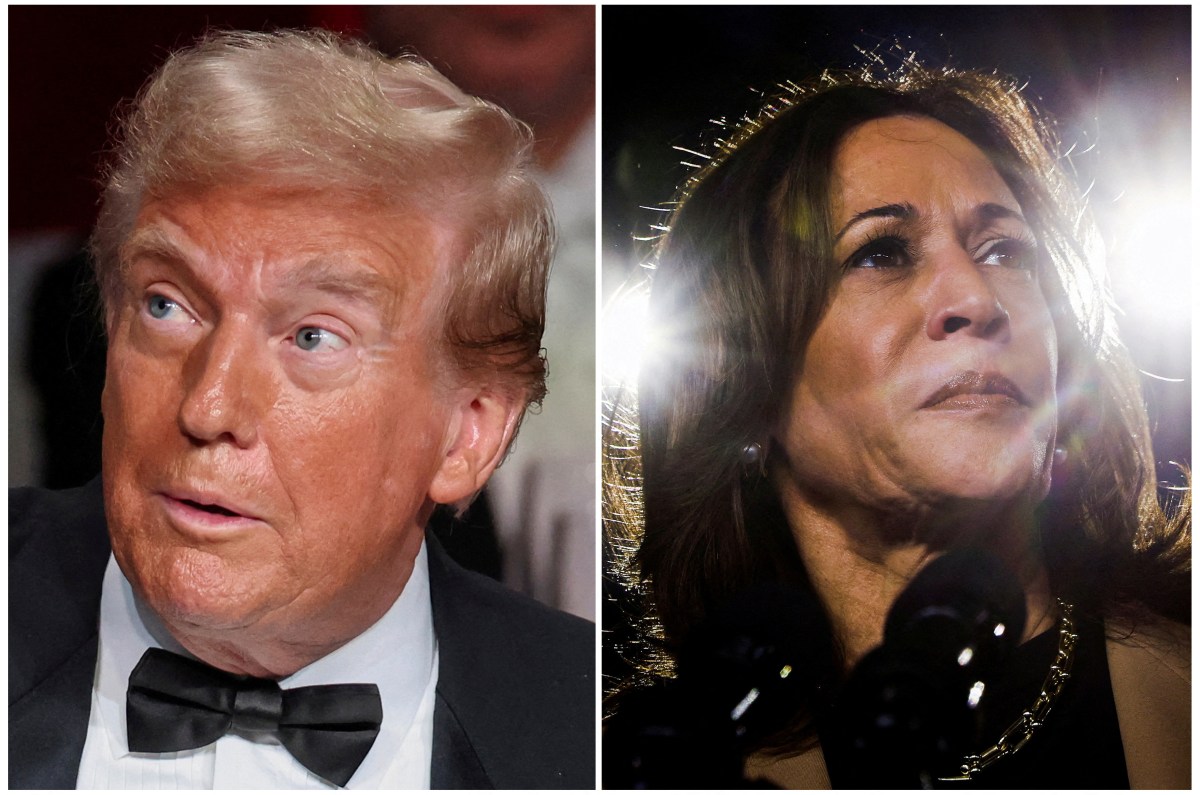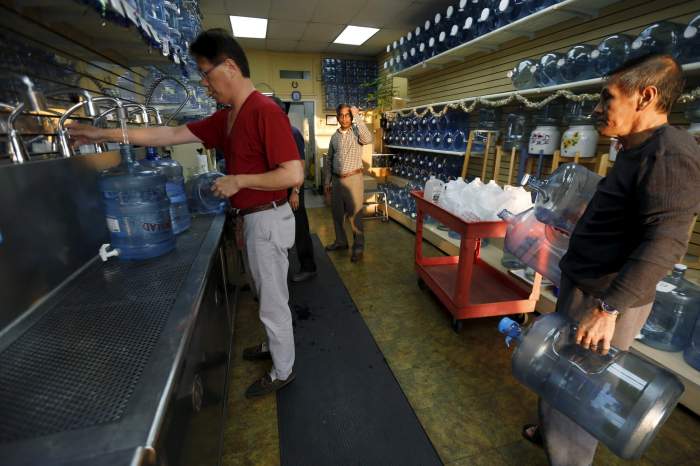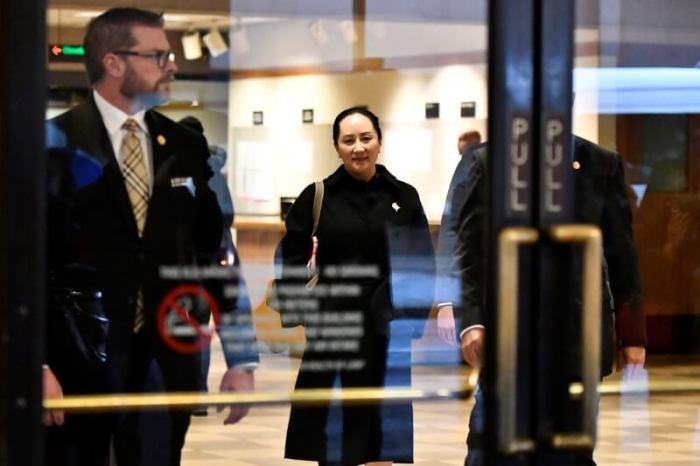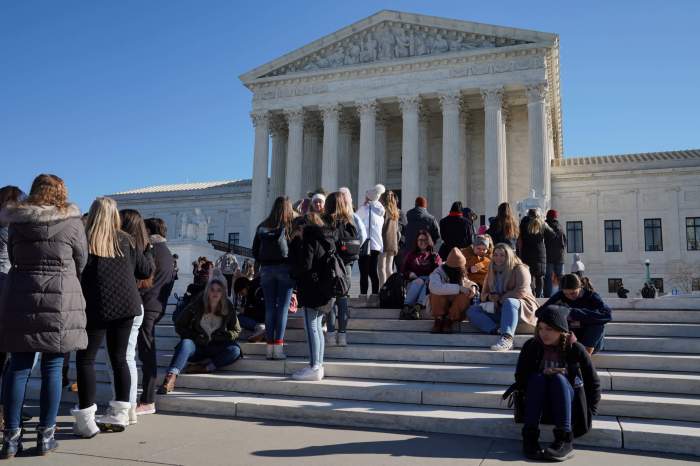By Lucia Mutikani
WASHINGTON (Reuters) – U.S. economic growth slowed less than expected in the second quarter as a surge in consumer spending blunted some of the drag from declining exports and a smaller inventory build, which could further allay concerns about the economy’s health.
But the fairly upbeat report from the Commerce Department on Friday had some red flags for the 10-year-old economic expansion, the longest on record. Business investment contracted for the first time in more than three years and housing declined for a sixth straight quarter.
Federal Reserve Chairman Jerome Powell early this month flagged the two sectors as areas of weakness in the economy. They are likely to provide additional cover for the Fed to cut interest rates next Wednesday for the first time in a decade because of rising risks to the economy’s outlook from a bitter trade war between the United States and China, and slowing global growth.
“The key to future economic growth is business spending. Evidently, businesses do not share the ebullience consumers have,” said Sung Won Sohn, an economics professor at Loyola Marymount University in Los Angeles. “This is not a good sign for the economy because there would be fewer jobs for consumers. For this reason, the Fed will cut rates next week.”
The Fed is widely expected to cut its benchmark rate by a quarter point at its July 30-31 meeting.
Gross domestic product increased at a 2.1% annualized rate in the second quarter, stepping down from an unrevised 3.1% pace in the January-March period. Economists polled by Reuters had forecast GDP increasing at a 1.8% rate in the second quarter. They estimate the speed at which the economy can grow over a long period without igniting inflation at between 1.7% and 2.0%.
President Donald Trump, whose administration has sought to boost the economy through a cocktail of massive tax cuts, government spending and deregulation, downplayed the slowdown in growth and blamed the Fed for the loss of momentum.
“Not bad considering we have the very heavy weight of the Federal Reserve anchor wrapped around our neck,” Trump wrote on Twitter. “Almost no inflation. USA is set to Zoom!”
Revisions to growth data published by the government on Friday also confirmed the economy missed the White House’s 3.0% target in 2008, growing at a rate of 2.9%. When measured on a year-on-year basis the economy only expanded 2.5%, instead of 3.0% as previously estimated.
Trump, who likes to brag about the economy being one of the biggest successes of his first term, had highlighted the year-on-year growth figure as evidence of the effectiveness of his policies.
Economists, who are forecasting growth this year around 2.5%, say the massive fiscal stimulus, which included a $1.5 trillion tax cut package, had no lasting impact on growth, while driving up the country’s debt.
“The data makes one thing clear, the tax cuts did not result in a permanent shift upward in the growth path of the U.S. economy,” said Joe Brusuelas, chief economist at RSM in New York.
The GDP report showed a pickup in inflation last quarter, though the trend remained well below the Fed’s 2% target.
The dollar rose to a two-month high versus a basket of currencies as robust consumer spending further diminished expectations of a more aggressive 50 basis point rate cut on Wednesday. U.S. Treasury yields slipped. Stocks hit record highs, also boosted by robust earnings from Google-owner Alphabet
STRONG CONSUMER SPENDING
Growth in consumer spending, which accounts for more than two-thirds of U.S. economic activity, surged at a 4.3% rate in the second quarter, the fastest since the fourth quarter of 2017. That followed a more lackluster 1.1% growth rate in the first quarter, blamed on a 35-day partial shutdown of the government.
Spending is being supported by the lowest unemployment rate in nearly 50 years and helped offset some of the weakness from exports, which fell at a 5.2% rate last quarter after growing in the first quarter.
The plunge in exports led to a wider trade deficit, which subtracted 0.65 percentage point from GDP growth last quarter. Trade contributed 0.73 percentage point in the January-March period.
Robust consumer spending helped businesses to whittle down an inventory overhang. Inventory investment increased at a $71.7 billion rate, slowing from the first quarter’s $116.0 billion pace of increase. Inventories cut 0.86 percentage point from GDP growth in the second quarter after adding 0.53 percentage point in the first quarter.
Economists said inventories still remained high and will continue to hurt manufacturing.
Business investment fell at a 0.6% rate in the second quarter, the first contraction since the first quarter of 2016. It was pulled down by a 10.6% pace of decline in spending on structures, depressed by decreases in commercial and healthcare, and mining exploration, shafts and wells.
Spending on intellectual products, including research and development, increased. Business spending on equipment rebounded at a 0.7% rate in the second quarter, but is seen constrained by design problems at aerospace giant Boeing
Boeing reported its biggest-ever quarterly loss on Wednesday due to the spiraling cost of resolving issues with its 737 MAX airplane, grounded worldwide in March after two fatal crashes in Ethiopia and Indonesia. It warned it might have to shut 737 MAX production completely if it runs into new hurdles with global regulators to getting its best-selling aircraft back in the air.
Growth in government investment accelerated, notching its best performance in 10 years, but spending on homebuilding contracted for a sixth straight quarter, the longest such stretch since the Great Recession.
(Reporting by Lucia Mutikani; Editing by Andrea Ricci)











